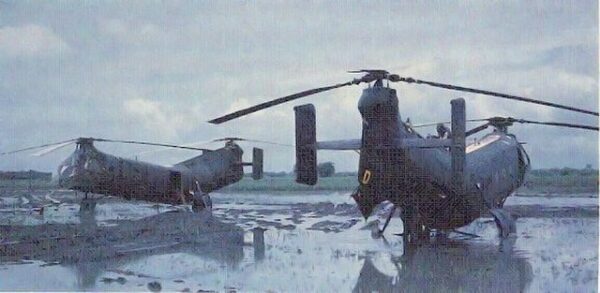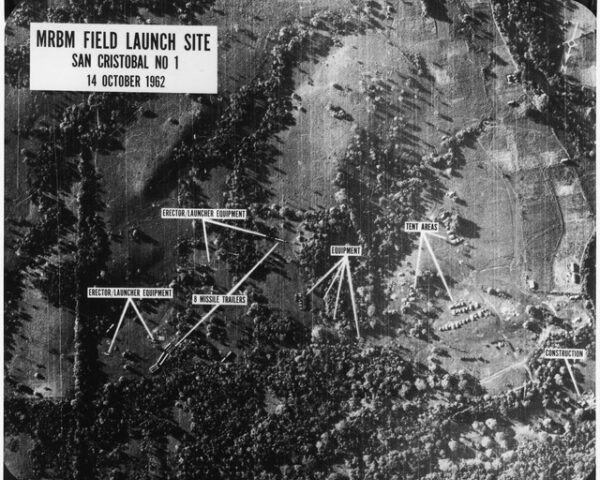The Battle of Ap Bac, fought on January 2, 1963, marked the first major combat test of the South Vietnamese Army (ARVN) against the Viet Cong (VC) insurgency during the Vietnam War. The battle occurred in the Mekong Delta region of South Vietnam, near the village of Ap Bac, and was intended to be a swift ARVN victory against a smaller enemy force. However, the battle did not go as planned for the South Vietnamese and their American advisors.
Prior to the battle, intelligence reports indicated that a VC battalion was operating near Ap Bac. The South Vietnamese, supported by American military advisors and equipment, including helicopters, devised a plan to encircle and destroy the enemy forces. The ARVN deployed approximately 2,000 troops, expecting to face around 350 VC fighters. The operation was seen as an opportunity to showcase the ARVN’s growing military capabilities and the effectiveness of American support.
On the morning of the battle, ARVN paratroopers were airlifted into the area, but they quickly encountered stronger resistance than anticipated. The VC had entrenched themselves in well-prepared positions, and they were equipped with heavy machine guns that proved effective against both the infantry and the lightly armored helicopters. The ARVN forces, despite their superior numbers, struggled to advance due to the VC’s strategic positioning and the dense terrain, which included rice paddies and canals.
As the battle progressed, the ARVN’s shortcomings became apparent. There were issues with command and control, coordination among units, and the reluctance of some South Vietnamese commanders to engage aggressively. The VC, on the other hand, demonstrated tactical proficiency, effectively using their knowledge of the terrain and guerrilla tactics to inflict casualties on the ARVN forces. The South Vietnamese also needed better air support coordination, which limited the effectiveness of their firepower advantage.
The Battle of Ap Bac ended with the VC successfully withdrawing from the battlefield, having inflicted significant casualties on the ARVN and destroying several helicopters. The outcome was a psychological blow to the South Vietnamese government and its American allies, as it exposed weaknesses in the ARVN and raised doubts about the viability of the U.S. strategy in Vietnam. The battle served as a precursor to the larger conflict that would escalate in the following years, and it highlighted the determination and resilience of the Viet Cong, foreshadowing the challenges the U.S. and South Vietnam would face in the protracted war ahead.






